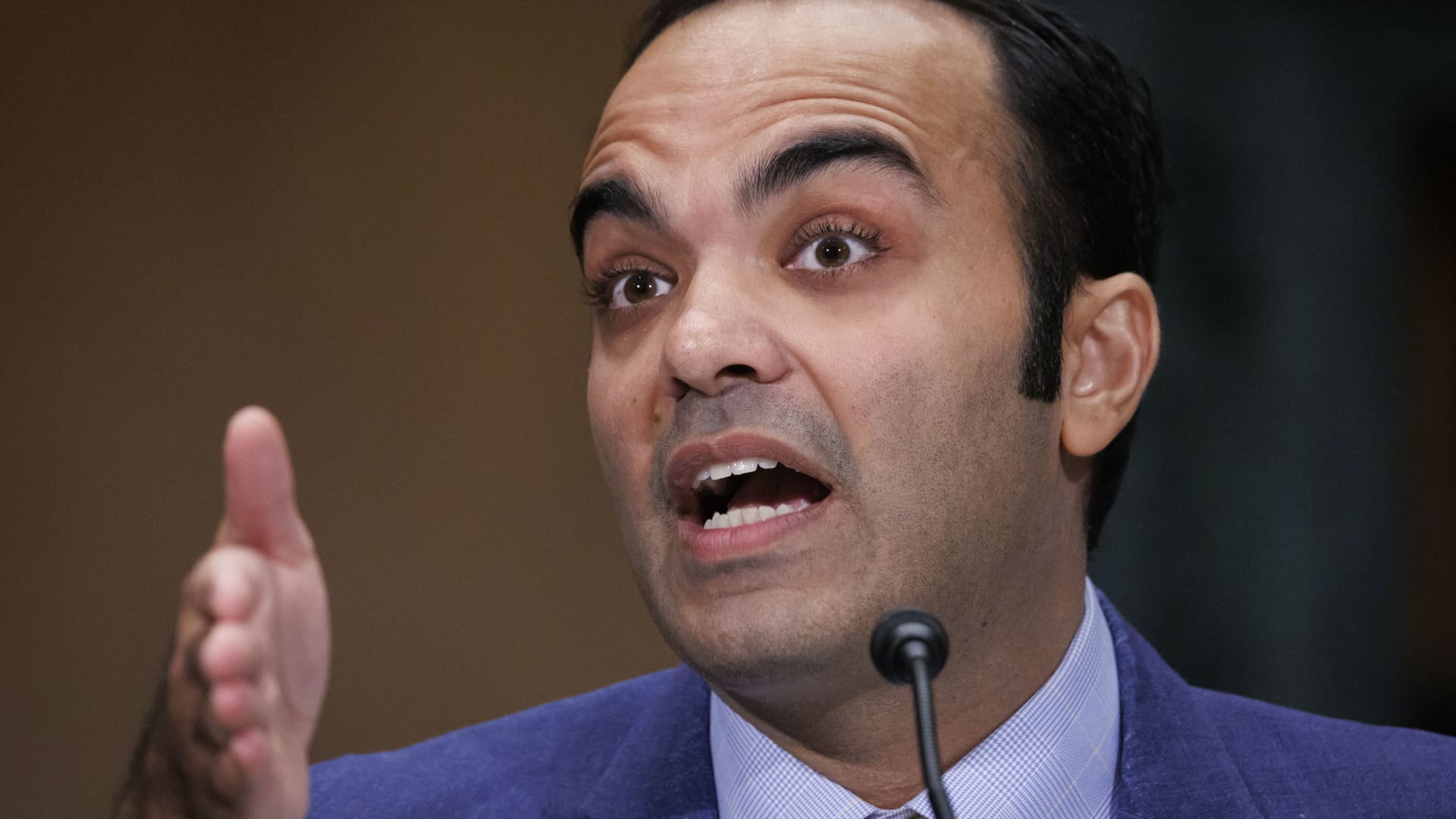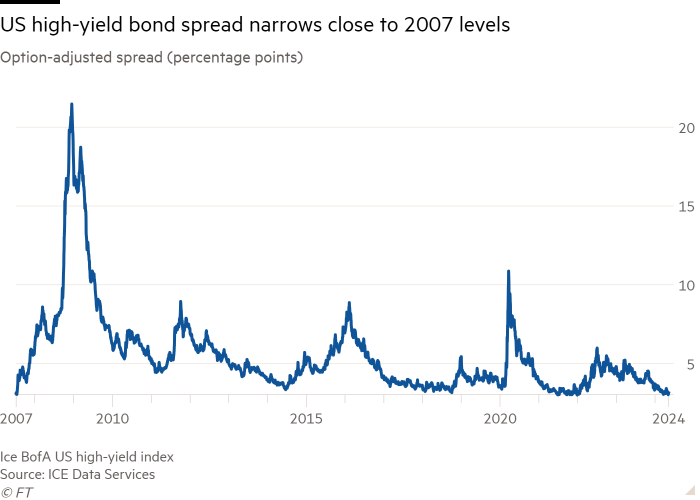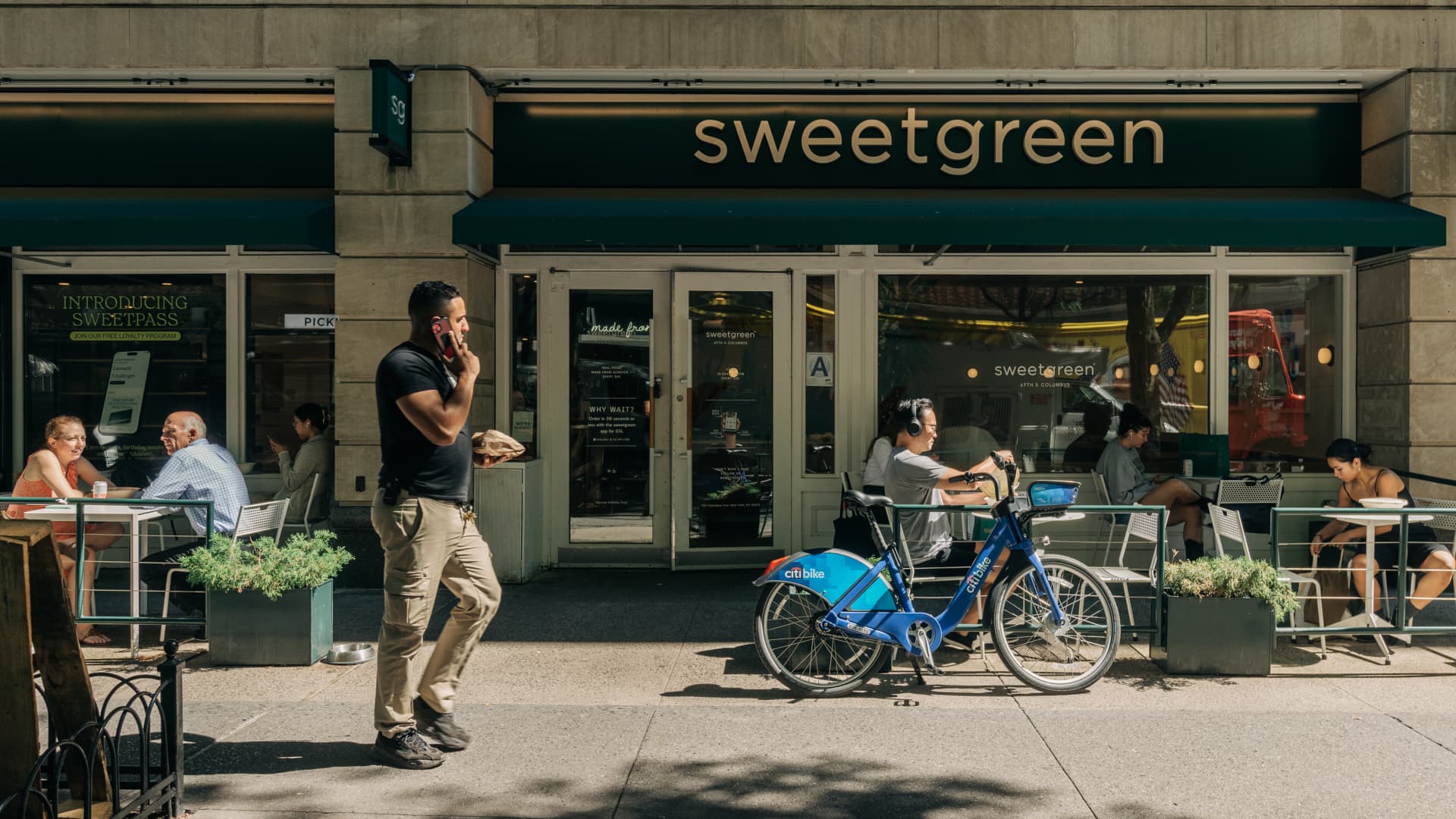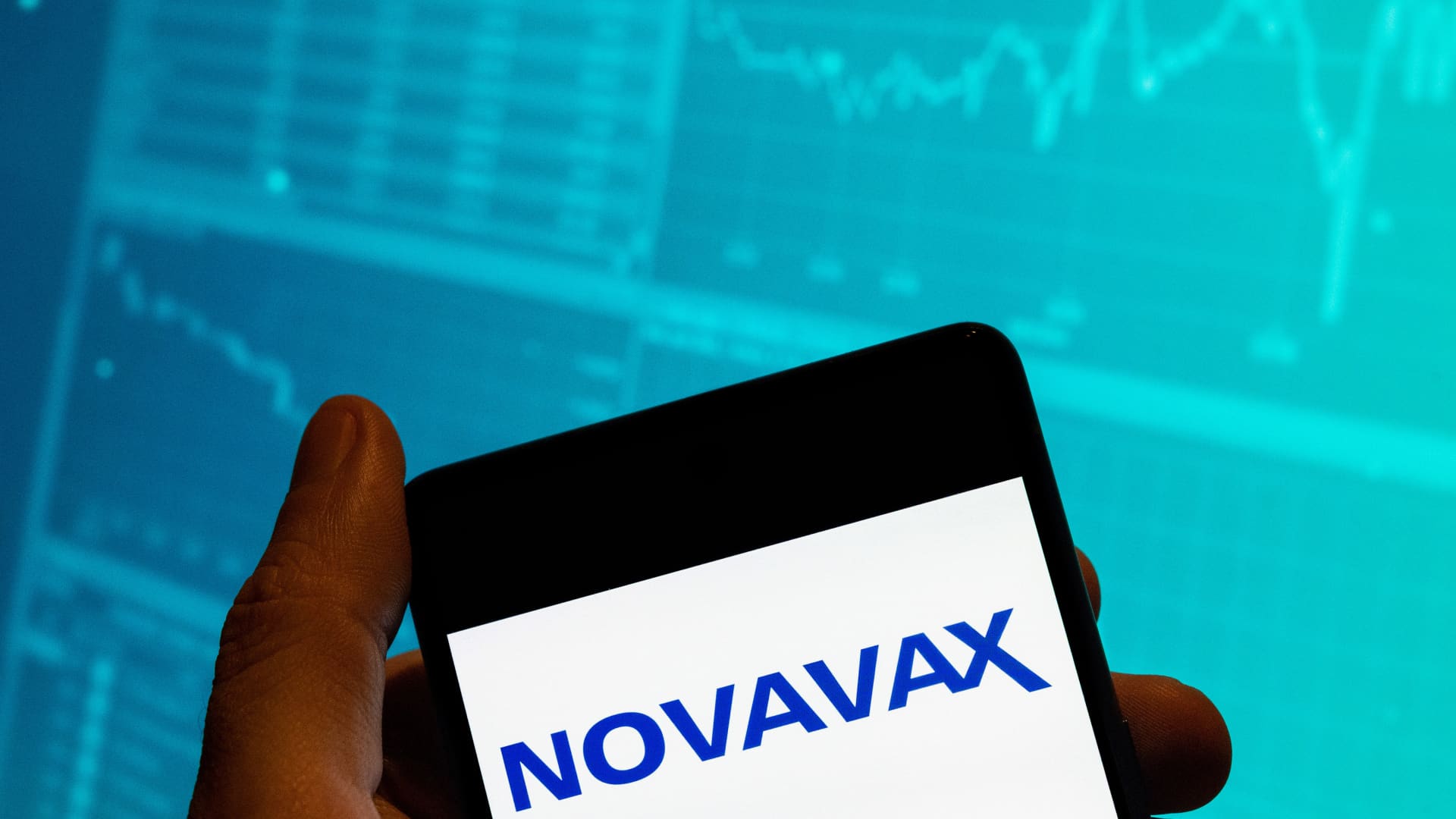The U.S. banking industry won a key victory in its effort to block the implementation of a Consumer Financial Protection Bureau rule that would’ve drastically limited the fees that credit card companies can charge for late payment. A federal court on late Friday approved the industry’s last-minute legal effort to pause the implementation of a regulation that was announced in March and set to go into effect on Tuesday. In his order, Judge Mark Pittman of the Northern District of Texas sided with plaintiffs including the U.S. Chamber of Commerce in their suit against the CFPB. Rohit Chopra, director of the Consumer Financial Protection Bureau, speaks during a Senate Banking, Housing, and Urban Affairs Committee hearing in Washington, D.C., Dec. 15, 2022. Ting Shen | Bloomberg | Getty Images
The U.S. banking industry won a key victory in its effort to block the implementation of a Consumer Financial Protection Bureau rule that would’ve drastically limited the fees that credit card companies can charge for late payment.
A federal court on late Friday approved the industry’s last-minute legal effort to pause the implementation of a regulation that was announced in March and set to go into effect on Tuesday.
In his order, Judge Mark Pittman of the Northern District of Texas sided with plaintiffs including the U.S. Chamber of Commerce in their suit against the CFPB, saying they cleared hurdles in arguing for a preliminary injunction to freeze the rule.
The outcome preserves, at least for now, a key revenue stream for the U.S. card industry. The CFPB estimates that the rule would’ve saved American families $10 billion a year in fees paid by those who fall behind on their bills. It would’ve capped late fees that are typically $32 per incident to $8 each and limited the industry’s ability to hike the fees.
It is now unclear when, or if, the new regulation will go into effect.
“Consumers will shoulder $800 million in late fees every month that the rule is delayed — money that pads the profit margins of the largest credit card issuers,” a CFPB spokesman told CNBC on Friday.
The industry’s lawsuit is an effort to block a regulation “in order to continue making tens of billions of dollars in profits by charging borrowers late fees that far exceed their actual costs,” the spokesman said.
The CFPB






